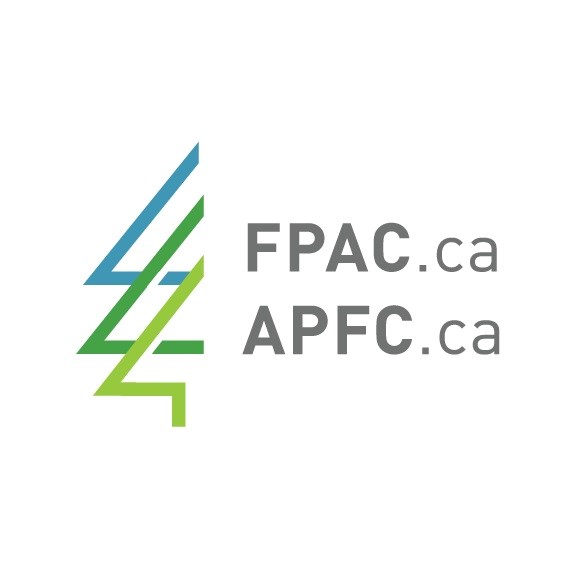As the global effort to embrace greener construction methods builds continuous momentum, Canada has ensured a spot among global leaders including Germany, the Netherlands, Sweden, and Switzerland thanks to the passing of Bill S-222 on Oct. 26, 2023.
Bill S-222 passed unanimously in the House of Commons with a vote of 326-0.
The bill was first introduced as a private members’ bill to the House of Commons by MP (Member of Parliament) Richard Cannings (South Okanagan-West Kootenay, BC). For the last six years, Cannings encouraged federal lawmakers to consider the merits of wood-based construction materials.
Through Bill S-222, the Department of Public Works and Government Services Act, Section 7 was amended with the addition of Subsection 1, item 1.1. The amendment states that the Minister (of that department) may allow the use of wood as a construction, maintenance, and repair material for public works and federal property due to its environmental benefits.
The amendment helps ensure that wood is considered at the front end of building design and procurement decisions, rather than an afterthought.
Previously, Canada’s federal procurement processes have been hindered by traditional approaches to construction materials that did not seriously consider the potential impact of innovative wood products.
The forestry sector has long endorsed the benefits from new and innovative building materials that can be used to reduce Canada’s collective carbon footprint. Canada has an abundance of forestry resources, it’s renewable, and this new initiative will help create more jobs for Canadians.
When you think of Saskatchewan, you may not think about the relevance of forestry in a province known for its agricultural output. Yet at 34.3 million hectares out of a total area of 65 million hectares, more than half of the province is shrouded in forest. When considered from an economic standpoint, 5.3 million hectares are available for lumber production.
At around 97 per cent, almost all of Saskatchewan’s forests are on publicly owned land. This land is regulated by the Ministry of Environment to ensure they remain protected for future generations.
As part of this regulatory consideration, public consultation is required for forest usage and with more than 30 per cent of available timber in the province allocated to Indigenous businesses, these Indigenous communities play a significant role in the province’s forest-based economy.
On the federal level, an increasing 10 per cent of Canada’s wood supply is now directly managed by Indigenous communities, which provides an opportunity to accelerate economic reconciliation while helping to support green initiatives.
In Saskatchewan, this new legislation provides ample opportunities for innovation. Sask. Polytechnic is one of several organizations working to strengthen the forestry sector in the province. Through the Sustainability-Led Integrated Centres of Excellence (SLICE) initiative, Sask. Polytechnic is giving students the opportunity to work alongside researchers and industry professionals in applied forestry research.
Utilizing state-of-the-art technology such as Light Detection and Ranging (LiDAR) equipment and Remotely Piloted Aircraft Systems (RPAS), Sask. Polytechnic is looking to enhance forestry management practices and to help create climate-friendly initiatives. Additionally, the institution is working with Indigenous communities to devise strategies aligned with Indigenous tradition and with respect for cultural heritage sites.
You can learn more about the SLICE program at SaskPolytech.ca/slice.
As part of the innovative potential behind wood-based construction, products such as mass timber allow for precision manufacturing, modularity, and prefabrication. These features translate into faster construction times and significantly lowered costs, especially in regard to labour costs.
An expansion of wood-based construction material also indicates the potential for a reduction in the cost of lumber due to supply and demand considerations. Regarding environmental factors such as recent forest fires in BC, an expansion of lumber production in Saskatchewan can also help lower costs in the long term.
These developments have the potential to help address the ongoing housing crisis in Canada. Currently, Canada will need to construct over nine million affordable housing units by 2030 to meet an increase in demand. The nation’s current trajectory falls significantly short of meeting this goal, highlighting a growing national dilemma.
In a recent interview with local physician Dr. Brabant, she drew attention to the recommendation that policymakers who wish to effectively deal with mental health, addiction issues, and the unhoused should first consider ways to provide these individuals with a place to live. Without a safe space to store needed medical supplies and keep individuals away from dangers on the street, further progress is severely hindered for many individuals.
The Canadian forestry sector is claiming that it can deliver efficient, cost-effective, and climate-resilient solutions to meet this housing challenge.
It’s often assumed that mass timber buildings are susceptible to fire and other natural disasters, but findings to the contrary indicate these structures are proven to be resilient. As a result of these findings, new wood construction means that safer housing can be provided, especially in areas prone to these natural disasters.
The unanimous support for Bill S-222 sends the message that, despite political disagreement on a wide number of topics, Canadians as a whole can get behind efforts to usher in a greener future for everyone.
For more information about the Canadian forest industry, visit fpac.ca.
In response to some providers blocking access to Canadian news on their platforms, our website, MooseJawToday.com will continue to be your source for hyper-local Moose Jaw news. Bookmark MooseJawToday.com and sign up for our free online newsletter to read the latest local developments.




